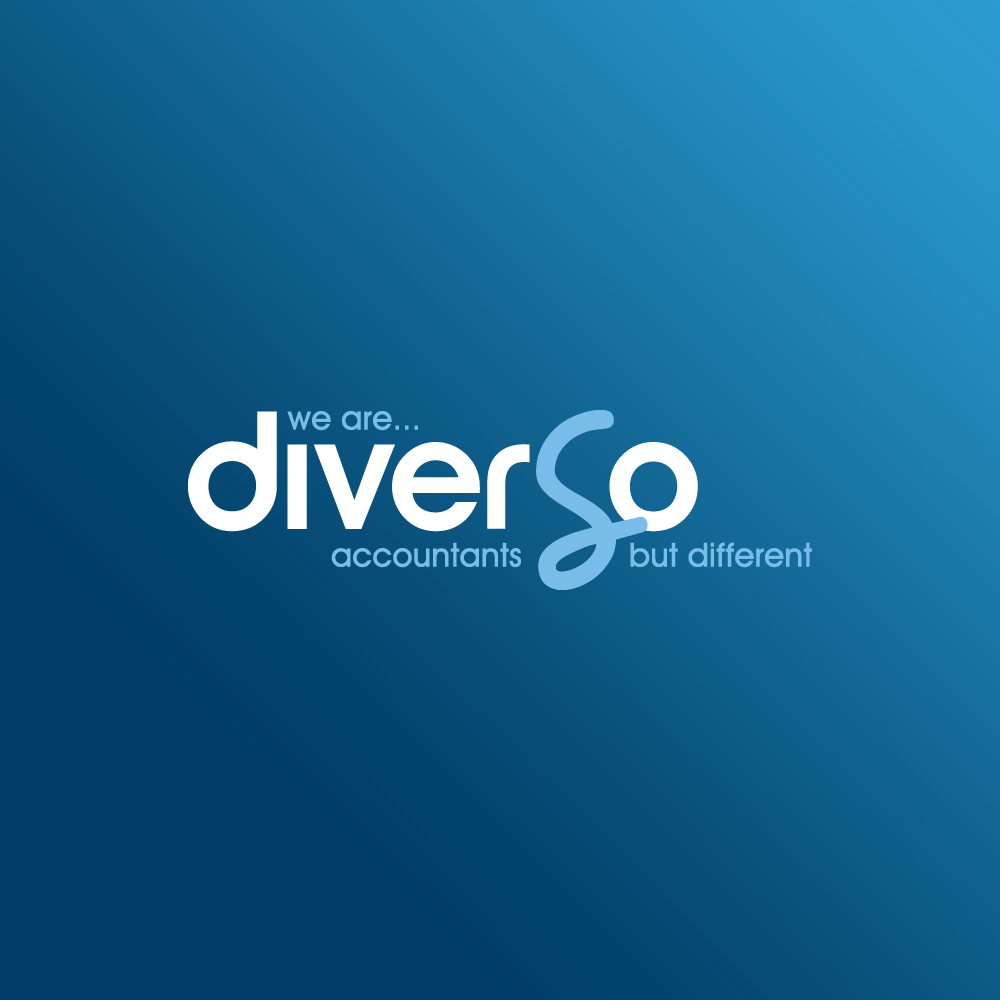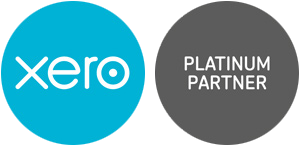Get in touch
Thanks for getting in touch
Changes to the VAT Flat Rate Scheme from 1st April 2017
There’s a change to the VAT Flat Rate Scheme which will affect many businesses using the scheme and could potentially cost them thousands in additional VAT per annum.
What is the Flat Rate Scheme?
Those businesses on the Standard VAT Scheme will charge VAT on their sales at the current rate of 20%. They can then reclaim (offset) any VAT incurred on their expenditure. The amount of VAT charged on Sales less the VAT charged on expenditure is the amount the business would pay to HMRC each quarter as their VAT bill.
The Flat Rate Scheme however, you do not claim any VAT incurred on expenditure and instead, you pay a Flat Rate percentage on your Gross Sales, dependant on your Industry.
Let’s use John as an example. John is a management consultant and has very little expenditure. Currently, the flat rate percentage for management consultancy is 14%.
John has quarterly net sales of £20,000. John doesn’t have any VAT he can reclaim each quarter.
John recently registered for VAT causing his gross sales to be £24,000. If John was to use the standard way of calculating VAT he would take the £4,000 VAT charged to his clients, reduce this by any VAT spent on expenditure (In this case £0) and pay the difference of £4,000 to HMRC.
Let’s take the same example but say John’s on the flat rate scheme using 14%. All you do is pay 14% of your gross sales across to HMRC which in this case would be £3,360. Therefore, each quarter John makes a nice little profit of £640.
For the savvy business owner, you can quickly see that if you do not have much in the way of expenditure, it can be an easy way to reduce your VAT liability.
For the particularly Savvy business owner, who isn’t VAT Registered, but only sends invoices to VAT Registered Businesses, you can clearly see a way to make a nice profit, just by being registered for VAT.
What’s changed?
As the Flat Rate Scheme was obviously not designed by HMRC for businesses to make a profit (they use the word ‘abuse’!), but to make the administrative burden of preparing VAT Returns easier, they are clamping down on this.
They are doing this by introducing a new 16.5% Flat Rate percentage that will be called and be used for ‘Limited Cost Traders’.
What’s a Limited Cost Trader?
A limited cost trader is defined as one that spends less than 2% of its sales, or £1,000 (whichever is higher) on goods (not services) for the period you submit a VAT return (generally, each quarter).
When working out the amount spent on goods, it cannot include purchases of:
- capital goods (such as new equipment used in a business)
- food and drink (such as lunches for staff)
- vehicles or parts for vehicles (unless running a vehicle hiring business)
Let’s get back to John from before. As you can see from the above, John doesn’t have any costs, which means he makes profit each quarter by being on the flat rate scheme. If John had to use the new percentage of 16.5% he’d have to pay £3,960 across to HMRC.
John will still make a profit of £40 per quarter, but he’ll be much worse off than he was previously.
What do I do if I’m on the Flat Rate Scheme?
You should carefully compare your trading activity and costs and consider if it is worthwhile remaining on the Flat Rate Scheme, removing yourself from the scheme (Standard VAT), or, if you’re below the deregistration limit of £81,000, cancel your VAT Registration.
If you’re a client of ours, we’ll be contacting you shortly with specific advice for you.
If you’re not a client, and you’d like to speak to us on this, please call the office on 023 8061 4457, or e-mail Ben on ben@wearediverso.com
Our clients love us
Are you Ready to love us too?
Diverso Accountants is rated 5/5 based on 45 Google Reviews
 1 Pirelli Way
Eastleigh
SO50 5GE
GB
1 Pirelli Way
Eastleigh
SO50 5GE
GB



